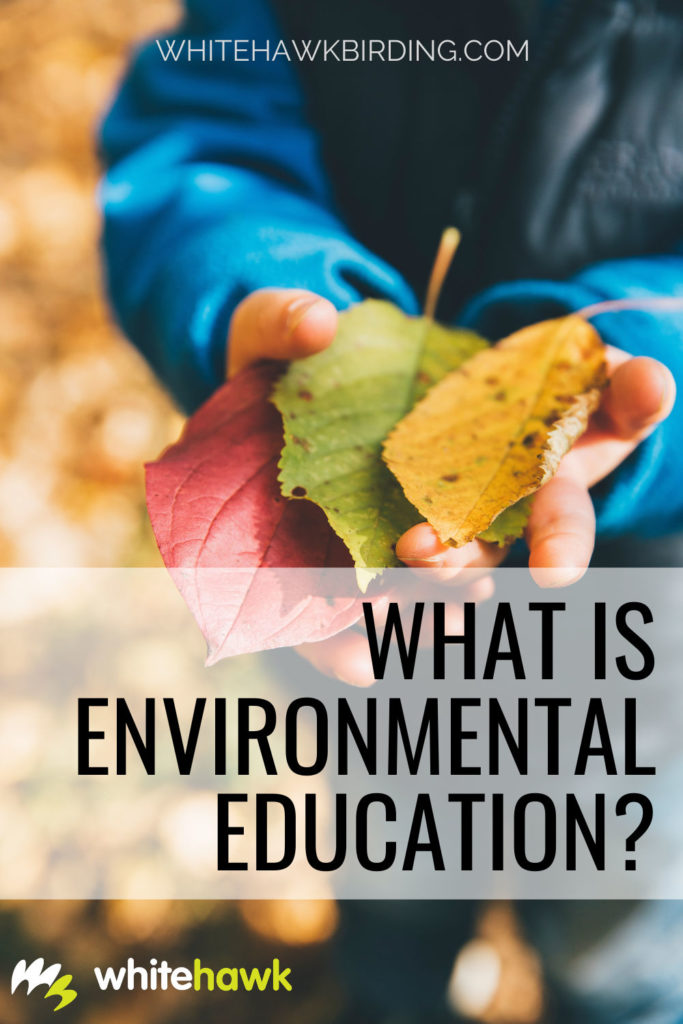The term “environmental education” has been popular for decades. You have probably heard it mentioned in news reports, newsletters from conservation groups, magazine articles, and even right here on our Whitehawk blog! But what exactly is environmental education? Why is it important? And how can it benefit us and our families while also benefitting non-human animals and their habitats?
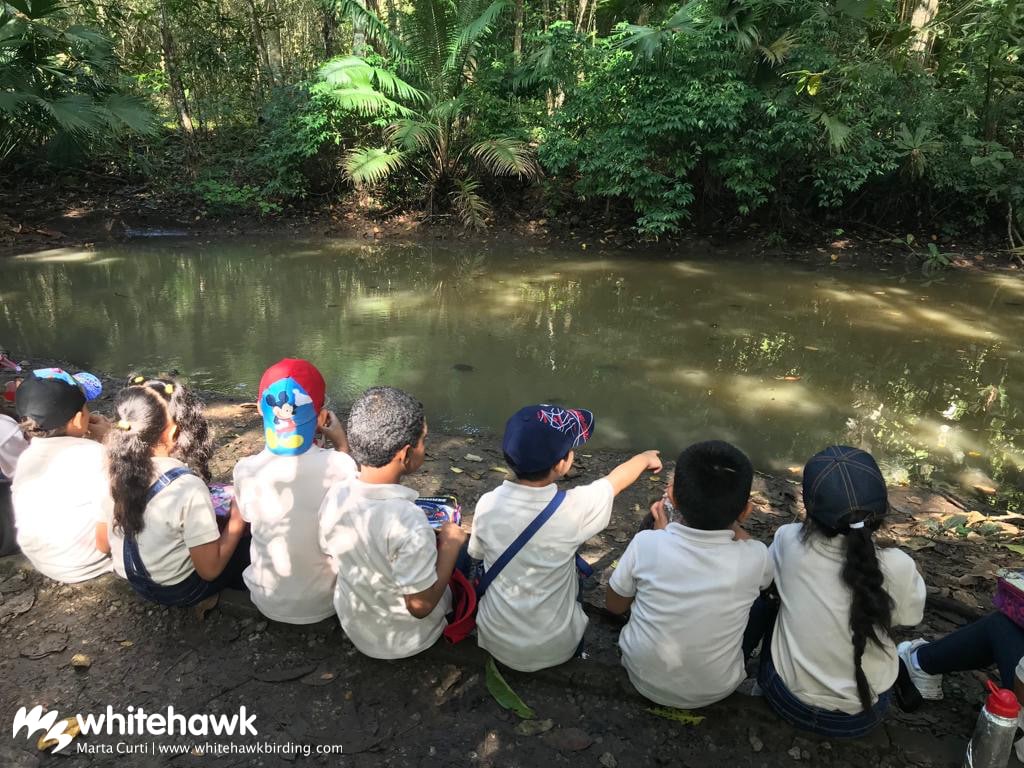
Understanding environmental education
Though a simple enough term, the truth is, environmental education involves a multi-faceted approach to teaching, learning, and engagement. After all, the goal of this approach is not to simply instill a few facts about our natural world. Instead, its aim is to foster a love and a lasting connection with it. But recently, many researchers argue that just the act of speaking about “nature” and striving to “connect” to it may actually be unintentionally fostering a greater division by creating a false separation between humans and non-humans.
Others believe focusing on environmental education puts the onus of conservation on individuals, and ignores the roles corporations, governments, and systems such as racial and economic injustice play in environmental degradation. Others still point out that this perceived disconnect between humans and “nature” is a cultural (often Western) perception and does not hold true across countries, cultures, or peoples. Robert Fletcher speaks about these and other issues in his article Connection with nature is an oxymoron: A political ecology of “nature-deficit disorder”, published in the Journal of Environmental Education.
Incorporating environmental education into learning
So then, how do we talk about and incorporate Environmental Education into our learning? What language do we use? How do we create “greater engagement with a more-than-human world” as Fletcher puts it?
Though conservation, environmental education, and related concepts are ever-evolving, a program must be topically and culturally relevant to its audience. We must think of it as a mutually-beneficial endeavor where both the environmental “educator” and the “educatees” take on and share the roles of student, teacher, explorer, hypothesizer, and researcher. An environmental education program does not seek to “tell” people how to feel or what to think. Rather, it should provide them with tools and opportunities to make their own discoveries and conclusions. It must provide a space (both physically and emotionally) for exploration, success, and uncertainty. Ideally, it also encourages participants to experience the joy of solitude at a bubbling stream, beneath a stand of trees, or while watching the waves crash against a sandy beach.
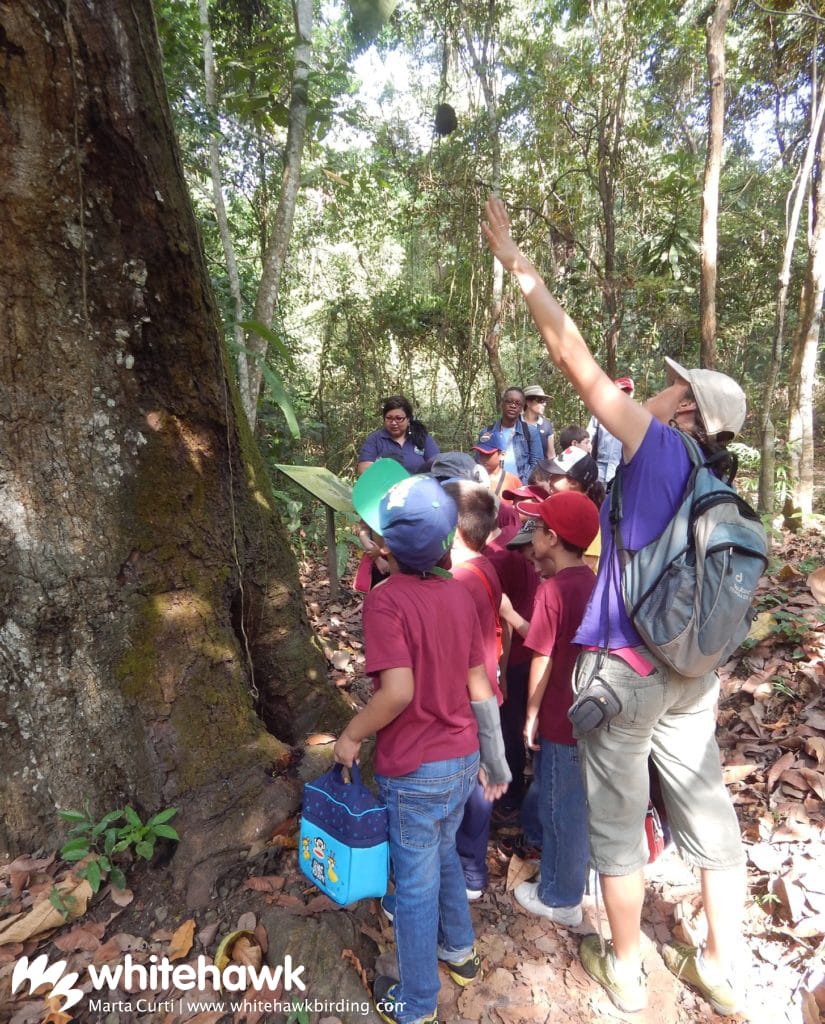
Fostering non-human connections for our well-being
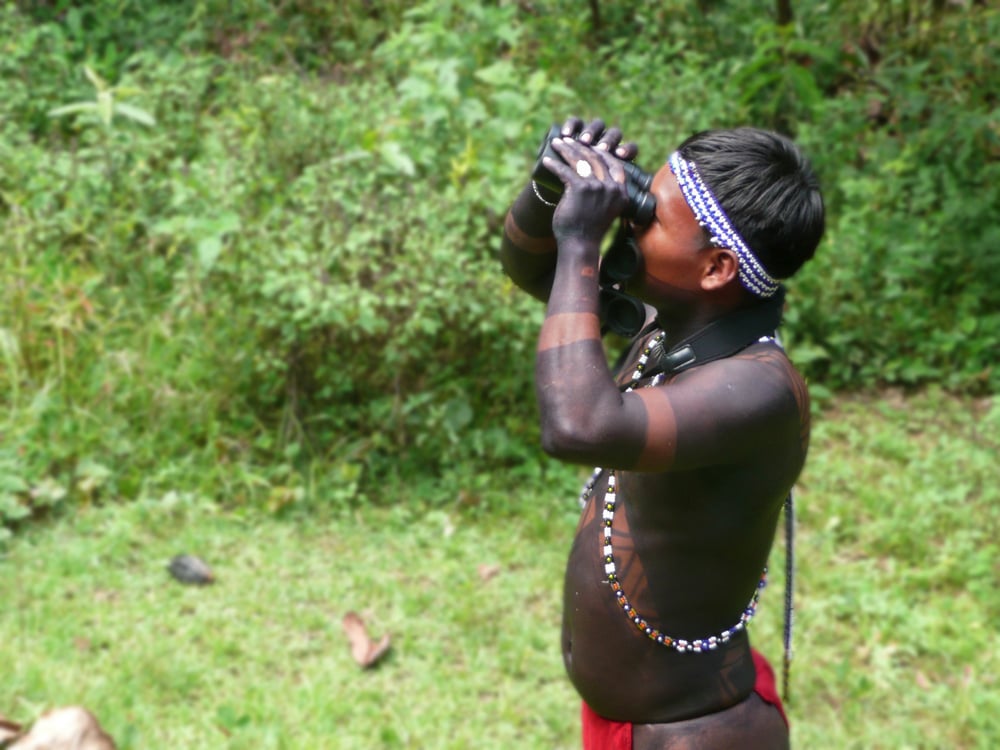
Recent research has shown that limiting our relationships to humans and human-created environments have potentially harmful health and social effects. Children, in particular, may suffer the most negative effects. These include a reduction in cognitive abilities, increases in attention and mood disorders, and rises in obesity.
At the same time, studies have shown that exposure to non-human-created settings has great benefits for mental, physical, and emotional health. Spending just a few minutes in a forest, at a stream, on the beach, or along a desert trail can help improve mood and the ability to focus on tasks. Integrating the outdoors into learning environments helps improve cognitive development, motor skills, and attention spans. Other studies show that, particularly in young people, engaging in physical exercise while outdoors can improve self-esteem.
Birds as an introduction to learning
Roger Tory Peterson, the famous ornithologist and naturalist, said “Birds, it must be admitted, are the most exciting… of the vertebrates; they are perhaps the best entrée into the study of natural history, and a very good wedge into conservation awareness.”
There are many benefits to using birds and birdwatching as a means to engage students in outdoor learning. Birds are relatively abundant and easy to see. We can find them on every continent of the world and in all types of habitats, including cities. This makes them a reliable study subject. Many bird species are quite easy to identify, providing students with positive reinforcement as they learn new skills. While other animals, such as insects or bats, can be much more difficult to identify. This affords a healthy challenge to those students who want to enhance their skills.
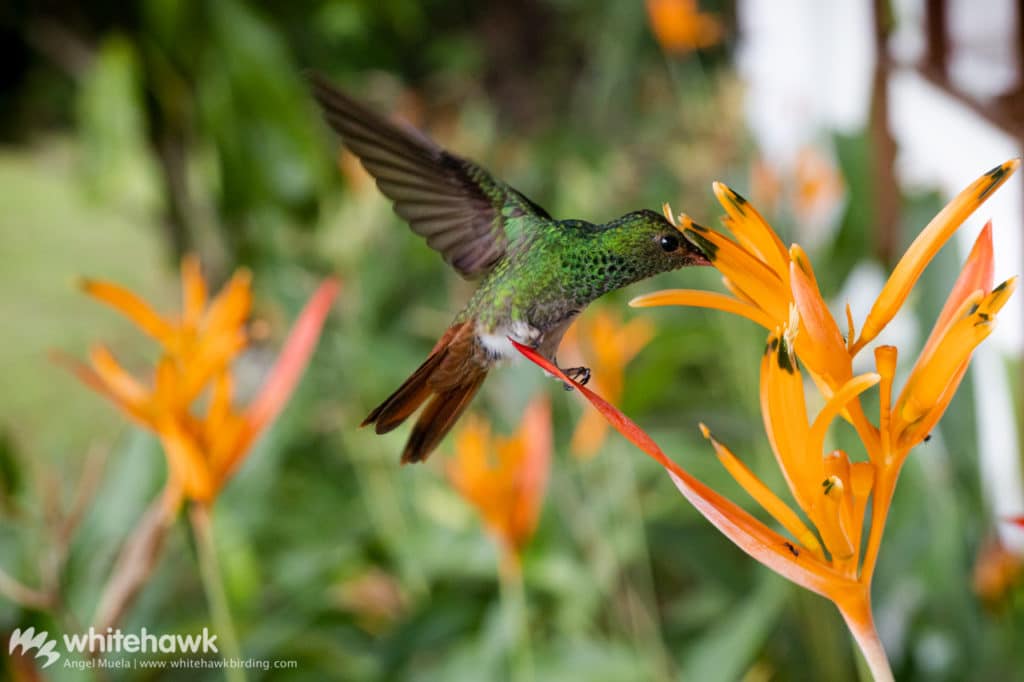
Because we can easily see birds just about anywhere, the study of birds can be conducted under almost any circumstances. This allows children of all abilities to be able to participate. Those who cannot walk fast or who are in a wheelchair can observe birds from the edge of a trail or even from indoors. Visually impaired students can learn to identify birds through their songs. Their habits, biology, and behavior can be used as launching points to teach basic scientific concepts such as “adaptation”, “food chains,” and “conservation,” among many others.
We can use this information as a basis to teach all of the traditional school subjects such as math, language arts, and physical education. Studying migratory bird species is a good doorway to studying the natural history of other countries and cultures, which lends itself to the study of connectivity and responsible action.
Whitehawk’s Jr. Naturalist Program

For the past five years, we have been working closely with a number of schools in Panama. Our goal is to integrate more science learning into the curriculum. We also hope to enhance the study of mathematics, literature, social science, group activities, and critical thinking. Our programs include an in-class introductory session and a visit to a local national park. The program concludes with a live visit from one of our avian ambassadors.
Please contact us to learn more!
~ The Whitehawk Team

